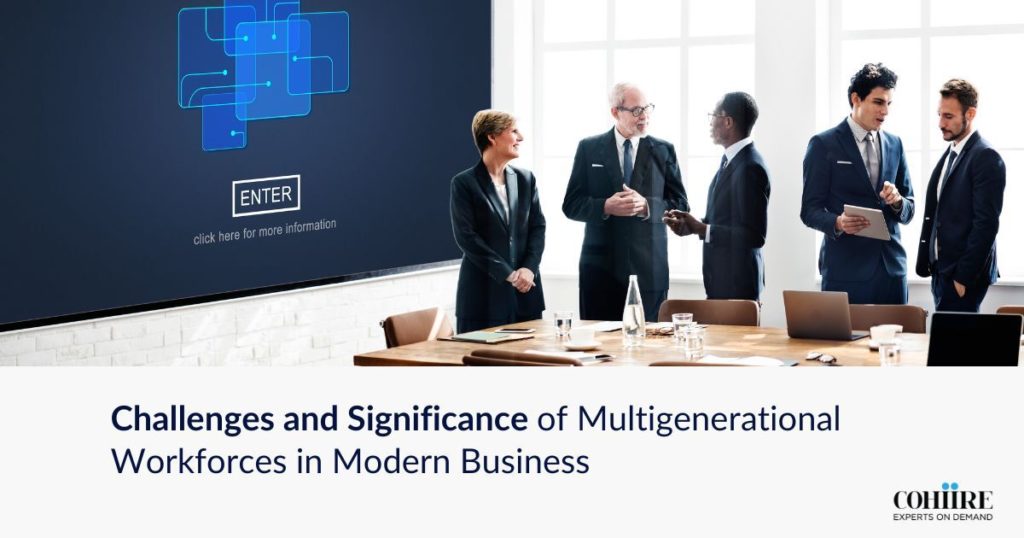
One of the most captivating narratives of today’s dynamic business arena unfolds as multigenerational perspectives and values converge within a workplace. The interplay between Baby Boomers, Generation X, Millennials, and the newest Generation Z has allowed this cross-generational tapestry that offers immense opportunities and daunting challenges for organizations and the workplace.
Managing multigenerational workforces sounds just as formidable as it pans out to be. With these different generations working alongside each other, each cohort must be willing to adapt their strategies to harness the strengths of the others.
Understanding the multigenerational workforce requires you to understand the generations at play. Baby Boomers, born 1946-1964, bring immense experience, leadership, and strong work ethics, but might come with limited technological proficiency. Generation X, born 1965-1980, often require work autonomy and is celebrated for adaptability. Born in 1981-1996, millennials are tech-savvy, driven individuals who value work-life balance and are purpose-driven, seeking work that aligns with their values. Lastly, the newest of the bunch, Generation Z, born after 1997, is tech-native, entrepreneurial, socially conscious, and is known as the experience-seeking generation.
These characteristics are generalizations, and individual variations exist within each generation. However, generational ideals can primarily be identified as a pattern and leveraged with the proper management techniques. Generational conflict is a known issue. Traditionalists and new workers have very different ideas about the nature of work, leading to misconceptions within a team.
Moreover, generational differences can be more pronounced in some workplaces than others. Organizations should focus on leveraging the strengths of each generation, fostering open communication, and providing opportunities for professional development that cater to the diverse needs and preferences of this varied set of employees to manage a multigenerational workforce effectively.
Enter the concept of “Flexi-CXOs” – leaders who embody a flexible, adaptive leadership style that transcends generational boundaries. These leaders recognize the importance of bridging generational gaps and creating an environment where knowledge flows seamlessly from one generation to another. Flexi-CXOs foster collaboration, encouraging each cohort to contribute their unique strengths, ultimately propelling the organization to new heights.
Here are three points that can help one navigate the scenario dominated by multigenerational workforce –
Capitalizing on Knowledge Transfer: A significant aspect to underscore is the value of knowledge exchange within a multigenerational workforce. It’s worth noting that seasoned employees possess extensive industry-specific wisdom and historical perspectives, which prove invaluable to their younger counterparts. This intergenerational sharing not only bridges gaps in understanding but also safeguards the retention of invaluable insights and experiences within the organizational fabric.
The Adaptive Leadership of Flexi-CXOs: Another pivotal aspect to seamlessly incorporate into the fabric of today’s organizational structures is the notion of “Flexi-CXOs” or leaders who exhibit an adaptable, flexible leadership style. These leaders hold a pivotal role in fostering cooperation and the seamless transmission of knowledge across different generational cohorts. They transcend generational boundaries and cultivate an atmosphere where the distinctive strengths of each group are not only endorsed but harnessed, ultimately steering the organization toward success.
Navigating Generational Dynamics and Dispelling Misunderstandings: Furthermore, it’s crucial to recognize the potential hurdles stemming from disparities in generational perspectives, including misunderstandings and conflicts. While generational norms follow certain trends, it’s vital to acknowledge the existence of individual variations within each generation. Encourage organizations to remain cognizant of these differences and actively cultivate open lines of communication while offering tailored professional development opportunities that cater to the diverse preferences and requirements of their multifaceted multigenerational workforce. This insight underscores the importance of proactive management strategies in effectively addressing these dynamics.
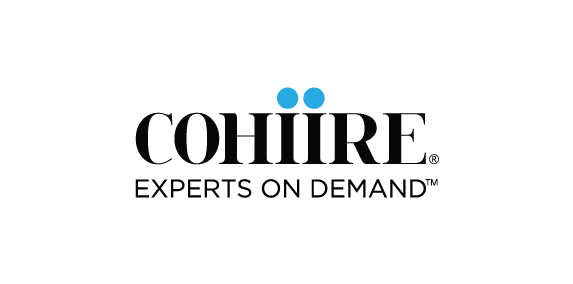
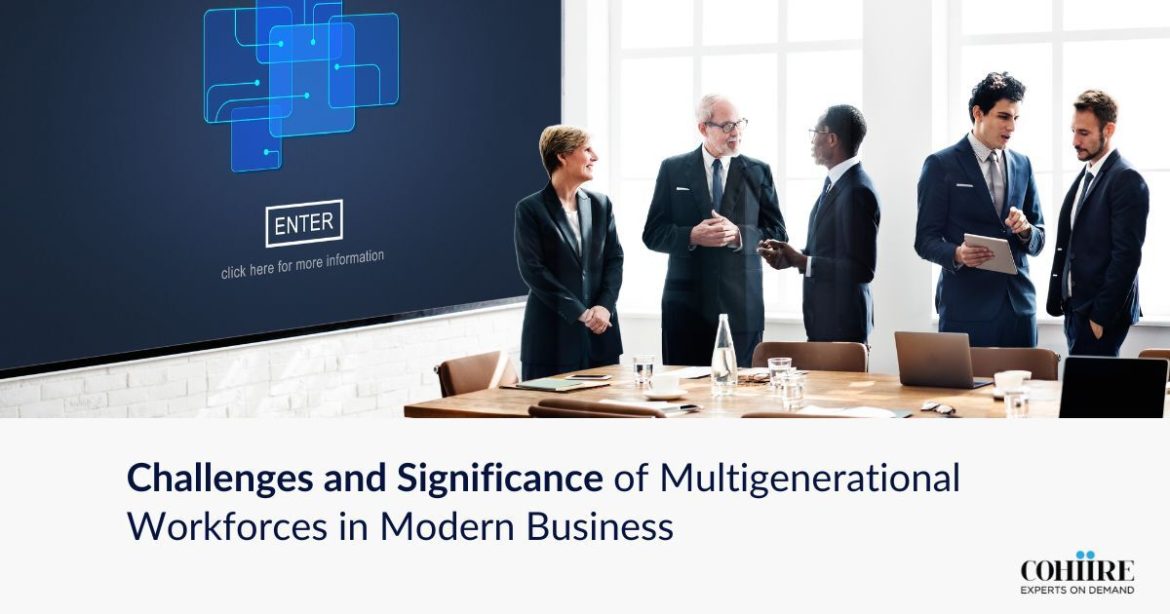
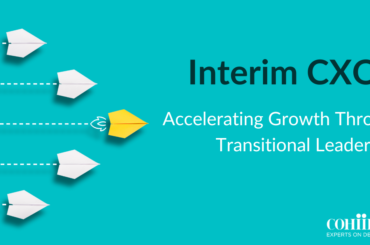
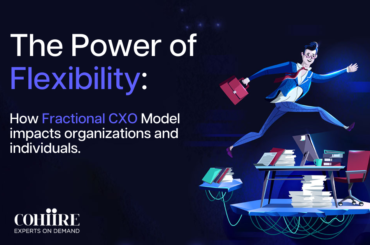
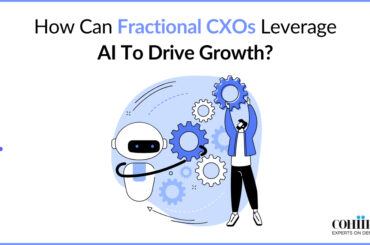
(1) Comments
[…] Explore the challenges presented by multigenerational workforces in today's dynamic business landscape, how fractional leadership can bride this gap […]